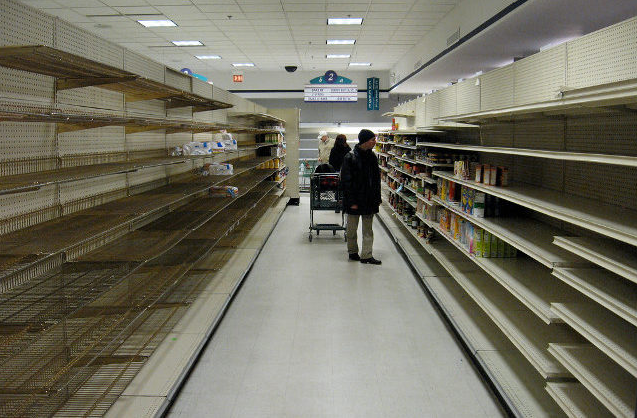It is all about supply chain disruptions
Essentially, that is the biggest headache faced by policymakers now and the ECB is no different. We are entering a period where the recovery is slowing and rising/rampaging inflation pressures are going to exacerbate the slowdown in the economy.
The big concern is that policymakers don’t exactly have the right tools to deal with any of this, at least not in terms of addressing the root of the problem. The same can be said for dealing with the energy crisis as well. An excerpt from the August post above:
Eventually, something’s gotta give and that means either global supply chains manage to heal itself over time (that needs a synchronised global recovery from the virus) or central banks start to give in to the pressure that inflation isn’t that ’transitory’ after all.
Central banks can only work with monetary policy and that is their main limitation in dealing with the ongoing issue. They are only able to address the by-product i.e. higher inflation and not the main cause. As such, they are quite helpless to some extent.
We are nowhere near a synchronised global recovery and even then, it will still take many more months after to sort out the kinks in the supply chain and to get things back to the way they were before the pandemic struck.
This looks like it will at least persist through to the middle of next year and perhaps even until the end of 2022. Is that really ‘transitory’ and do central banks have such patience and confidence to keep kicking the can down the road?
And as the pressure mounts and supply chain disruptions continue to persist through to 2022, expect policymakers to feel the heat as they struggle to convince the market of their supposed view that inflation is still “temporary”.
